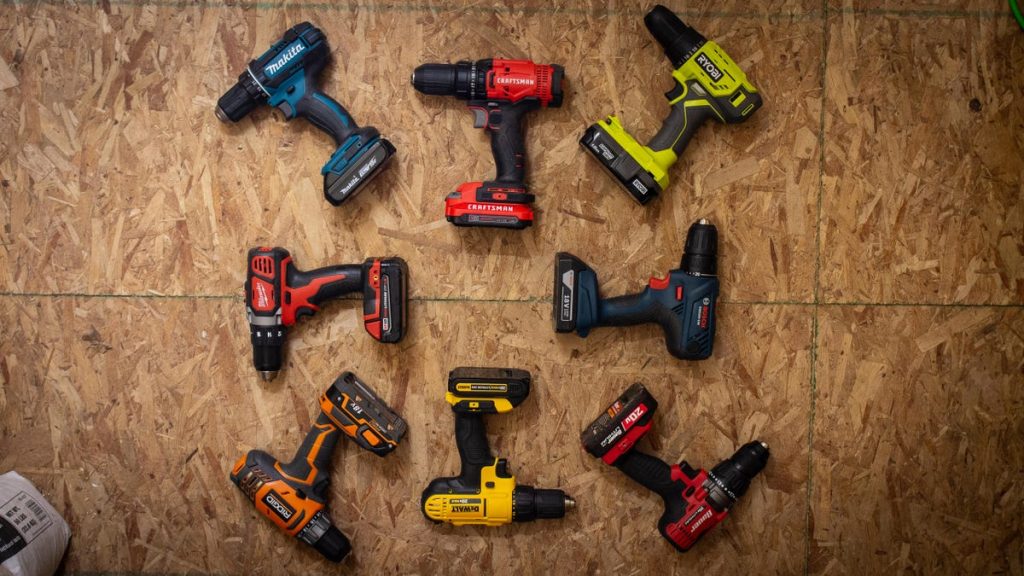In testing drills, three main methods are used beyond general use and impressions. These include a clearance test to determine the tightest spaces the drill can access while maintaining a 90-degree angle, a high-torque test using wood spade bits to measure holes drilled per battery capacity, and a low-torque test driving screws into lumber to measure screws driven per amp hour. The high-torque test revealed that 18-volt drills are more suitable for boring a larger number of holes, with Milwaukee showing superior performance in terms of breakthrough feel. On the other hand, Bosch and Ridgid struggled to exit the boards cleanly during testing.
During low-torque tests, the 18-volt DeWalt drill was noted for its small hand grip, which may be a benefit to some users but felt off-putting to the tester. The trigger on the 18-volt Ridgid drill also required more effort to reach maximum power, leading to potential hand cramping over extended periods of use. Clearance tests measured the overall size of the drills, with lower values indicating smaller sizes that can be used in tighter spaces. LED lighting placement and battery life indicators were also considered, with lower-placed LEDs preferred for better visibility and battery life indicators providing estimates of remaining power.
Other features, such as battery-release mechanisms, were also evaluated, with side tab releases noted for a more natural feel and easier release. The 12-volt drills demonstrated a larger performance variance than expected, highlighting the importance of understanding specific needs before choosing a cordless drill. By considering factors such as performance, price, and capabilities, consumers can make an informed decision to ensure they select the best cordless drill for their requirements.


